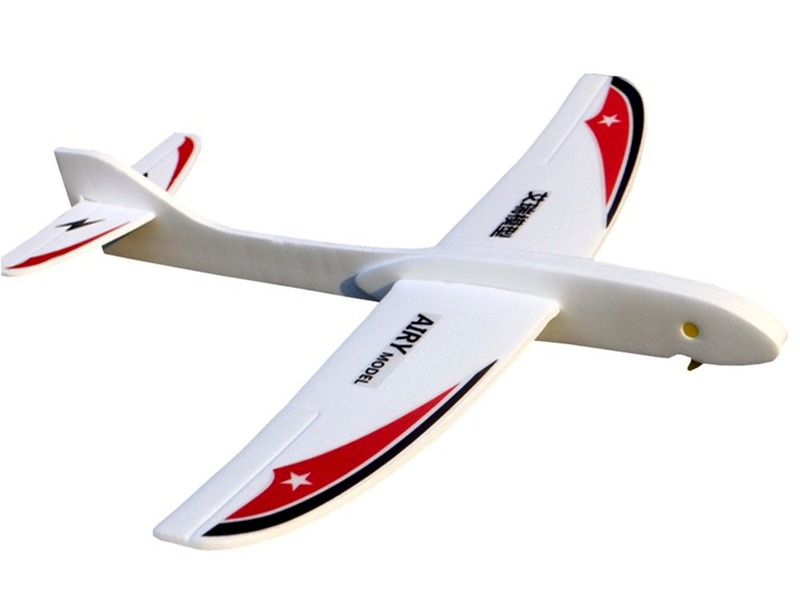Are bigger RC planes easier to fly?

The answer to the question of whether bigger RC planes are easier to fly is that it depends on the type of plane, the skill level of the pilot, and the desired outcome.
For the most part, bigger RC planes tend to be easier to fly than smaller ones due to their greater stability and weight. This is because the larger size of the plane provides more lift and drag, making it easier to control. Additionally, bigger planes tend to have more powerful engines, which can allow for smoother flights and more precise maneuvering.
However, flying bigger RC planes also requires more skill and experience. While the added stability of a larger plane can help a beginner, they still need to be able to understand the principles of flight and be comfortable with the controls. Additionally, larger planes require more space to fly, as they need a greater area to take off and land.
In addition to the size of the plane, the type of plane also matters. For example, a multirotor drone is typically easier to fly than a fixed-wing aircraft, as the multirotor design eliminates the need for a pilot to control the direction of the plane by controlling the rudder and ailerons. On the other hand, a fixed-wing plane requires a higher level of skill and experience to be able to control the direction of the plane.
Finally, the desired outcome of the flight also matters. If the goal is to simply fly around for fun, then a bigger plane may be the better choice. However, if the goal is to perform complex aerobatics or stunts, then a smaller, more agile plane may be the better option.
In conclusion, the answer to whether bigger RC planes are easier to fly depends on the type of plane, the skill level of the pilot, and the desired outcome of the flight. For the most part, bigger planes tend to be easier to fly due to their greater stability and weight, but they also require more skill and experience to fly. Additionally, the type of plane and the desired outcome of the flight should also be taken into consideration when determining which size plane is best for the pilot.
Comments / Question
1. Ensure that the plane is in good condition and that all components are working properly.
2. Make sure that the plane is flown in an open area away from people, buildings, and other objects.
3. Always fly the plane within line of sight.
4. Make sure that the plane is flown in good weather conditions.
5. Always follow the manufacturer’s instructions for the plane.
6. Make sure that the plane is flown in accordance with the local laws and regulations.
7. Make sure that the plane is operated by an experienced pilot.
8. Make sure that the plane is equipped with a failsafe system in case of an emergency.
9. Make sure that the plane is equipped with a tracking system so that it can be located if it goes down.
10. Make sure that the plane is equipped with a parachute system in case of an emergency.
2. Increased Maneuverability: Bigger planes often have larger wingspan which allows for more maneuverability during flight.
3. Increased Durability: Larger planes are generally constructed with higher quality materials, making them more durable and able to withstand more wear and tear.
4. Increased Range: Larger planes are able to travel further distances than smaller models.
5. Increased Payload Capacity: Larger planes have the ability to carry heavier payloads than smaller models, which can be useful for carrying cameras and other equipment.

